
On the southern slopes of the Carpathian Mountains, in a land of old-growth forests, at the foot of Moldoveanu Peak, the highest mountain peak in Romania, nestles the village of Nucșoara. Far away from civilization, the town is surrounded by unspoiled forests where brown bears roam freely, overlooking the scenic Învartita karstic lake, the largest of its kind in Romania. In the wild mountains, livestock farming is the main source of income for many families. It produces food, preserves rural environments, and provides recreation for people who use the mountains for leisure purposes, or food experiences, like tasting locally made products, that include the renowned Brădet smoked cheese.

The morning had dawned on the wild mountains. The singing of birds echoing down the long winding valley added to the stillness. A dense and damp smell of green created an immersive sensory experience. Tinkling cattle bells led by a keeper could be heard approaching from far away, collecting all the neighboring cows along the way.
At gate number 19 stood a grandmother, waiting for the herd of cows to come nearer before she released hers. She was very much to look at, with her tall and slender appearance, sparkling eyes, and warm personality. Soon, the herd of cows lazily came to Belu Elena’s front gate, so she could set her two cows free before she returned to the daily business. The herd of cows continued heading up a sweeping grassy alpine meadow, where they were going to spend the day grazing.
With elegant, but quick movements and a certain simplicity in her actions and manners, Ms. Belu went on cleaning out the cow shed, releasing a clucky hen with eight chicks like little clouds about her, before she picked up two buckets full of rich creamy milk collected from her cows.

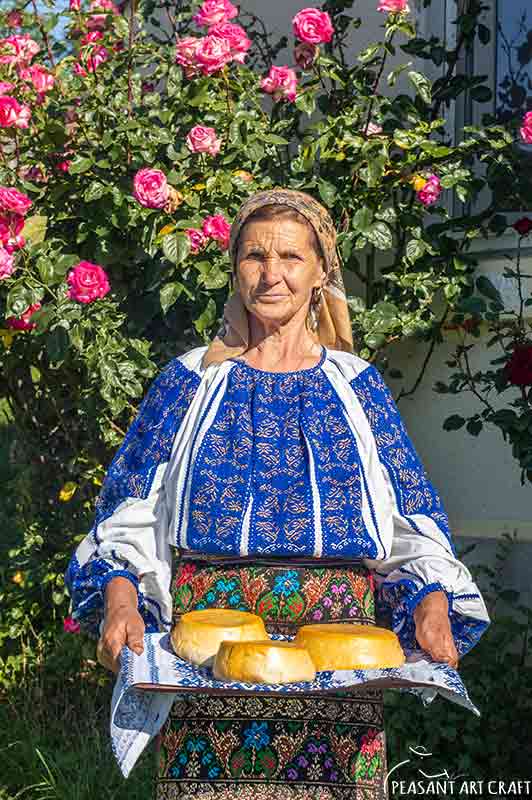
To make the most out of their milk, the mountain people from Nucșoara and the neighboring villages, like Brădetu, Sboghițești, and Galeșu, had established the tradition of producing a semi-hard stretched-curd smoked cheese from fresh cow’s milk, known as Brădet stretched-curd cheese. Soon the name also established itself on the domestic market.
The making process was not difficult as it was long, spanning over several days, and it started with curdling by adding rennet. When the curds and whey separated, she clung them all together into a big ball that was left to drain off inside a cheesecloth for hours at room temperature, until it started to acidify, turning soft and spongy.
„Acidity plays a very important role in the ability of cheese to melt and stretch. Look! It’s got holes in it”, she said as she pressed it with her fingers. The cheese now looked more elastic and porous, with a yellow shade.
She went out and fetched a larger blue bowl containing a liquid:
„Here is the brine”, she said.
„In another pot, I am going to boil a mixture of water with a spoon of salt”, she continued as she turned on the stove.
„Meanwhile, I’ll slice up the cheese. This will allow for faster heating.”
When the water started to boil, she introduced three handfuls of slices into the mixture.

The curds heated up and began to stretch a bit. The room was filled by a sweet smell of milk. She began stretching by lifting with a wooden spoon and folding the curd back on itself. The curd had now become easier to stretch and soon began to meld into one mass.
„We remove the curds and use some plastic gloves to stretch them with our hands, just folding the curd back on itself several times at the end of each stretch.”
A few long stretches and the newly formed cheese was dipped in the bowl containing cold brine solution for five minutes to cool down. „I’ll leave it in brine for a moment before I place it in moulds.”
Meanwhile, she formed another cheese, and finally, the third cheese. The pieces were given their final shape in moulds, and once they cooled off and got a flat bottom, they were brined overnight.
The following day, the cheeses were removed from the brine and placed outside to drain in a crate hung off a veranda. „By evening we can already get the cheese in the smokehouse, she said as she carefully tucked the cheese in a mesh to keep away the insects.”
Far off, a large mountain range with pleasant valleys in between, haystacks stood tall and peaceful against the backdrop of high mountains, lush greenery, and perfectly aligned cultivated garden, roses billowed over the house wall and fence.
The day went fast with so much work to do. She fed the animals, made a new cheese from the fresh milk collected, fed the pigs, mowed the grass, and cooked lunch. Soon came the evening and the shadows grew long. It was time to smoke the cheese. She went across the backyard up to the traditional smoker. Nearby the smoker was the sty, curiously encircled with an electric wire. I asked why and she said they have lots of bear activity near and even on the trails used for running, hiking, and walking. They had even had one bear enter their sty and snatch the pig away. Fortunately, the bear was chased away by one of her sons, who went after the bear in a tractor, until it dropped the pig and disappeared into the forest, and the pig was partly recovered.
In the blink of an eye, she made a fire on a stove that was placed at a distance from the smoker. The smoker was now inundated by the smoke that came in through a pipe connecting the fire pit and the smoker. The smoked cheese was gradually turning orange, getting a slightly smoky flavor.
She used plum wood and wet fir shavings to keep the fire going for about two hours. The cheese was left in the smoker overnight.


The next morning, she put on her most valuable traditional costume, a part of her identity, and went over to the smoker. She wore a handwoven wrap-around skirt with colorful floral designs and a Romanian traditional blouse hand-sewn with vibrant blue and metallic threaded designs, that was truly a treat for the eyes!
She opened the creaking door to reveal a natural yellowish-orange smoked cheese. There was a sense of awe to wonder at a cheesemaker producing little miracles of artisan cheese, a practice that has lasted thousands of years.
That evening we were invited over for dinner with her family in a cozy familiar atmosphere. On the stove outside, she was preparing a big round polenta. Inside, her two sons told us true stories about encounters and experiences with brown bears.
Her daughter-in-law was cooking a pork dish in lard on the stovetop. The table was already set, with three different types of cheese: telemea, a soft white cheese with a compact consistency, bellows cheese, a traditional Romanian cheese made from sheep’s milk, and the Brădet smoked cheese that Ms. Elena had just made.

Upon arrival, the delicious smell and the sight of these beauties were enough to make my mouth water, a dish that captured the essence of traditional food while delivering a gourmet experience. The pork in lard was tender and full of flavor. Having a chunk of artisan cheese before you is a blessing, but having one that’s been melted in hot polenta until it stretches with every mouthwatering pull was sensational!
The whole experience gave me such joy and excitement that I will always remember with fondness. The Belu family, the scenic landscapes, and the wilderness will linger in my mind for a long time.
Contact Belu Elena 004 0745 883 747 Facebook https://www.facebook.com/ionica.belu.3
Similar Posts
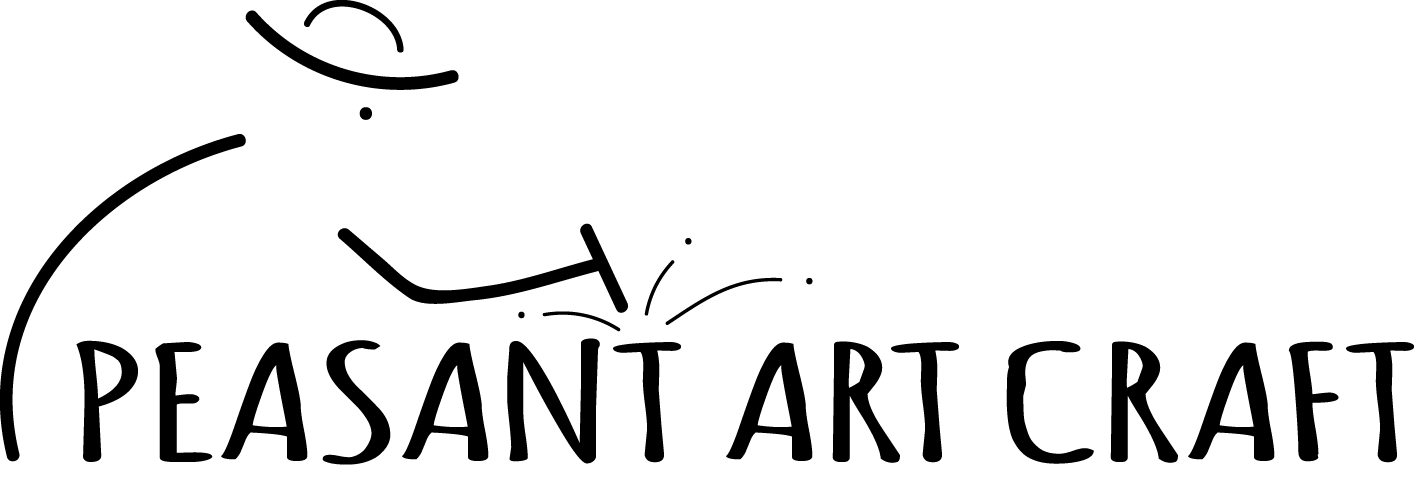
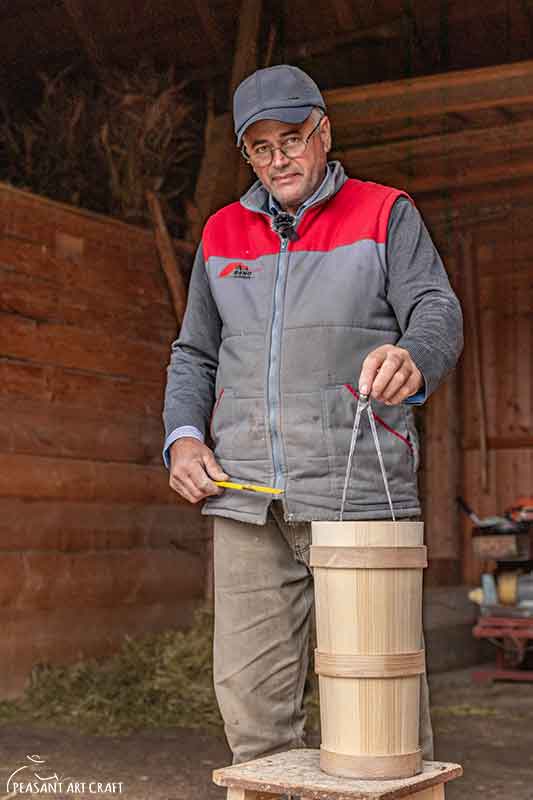
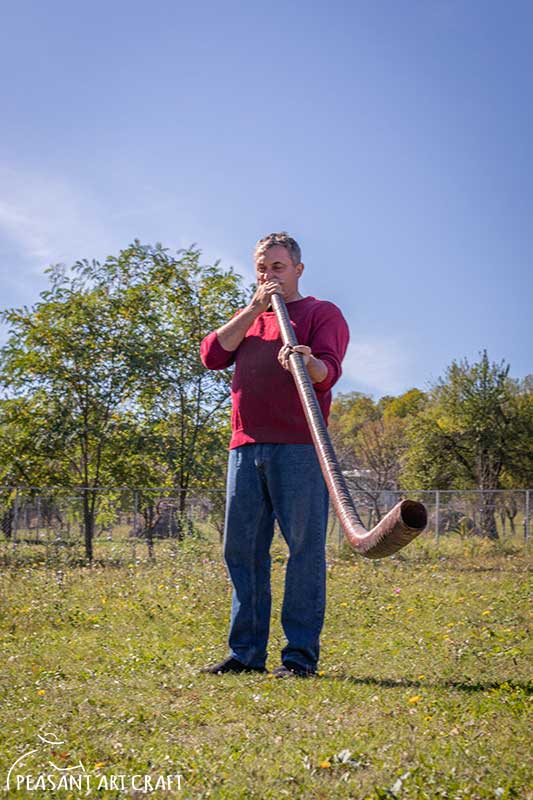
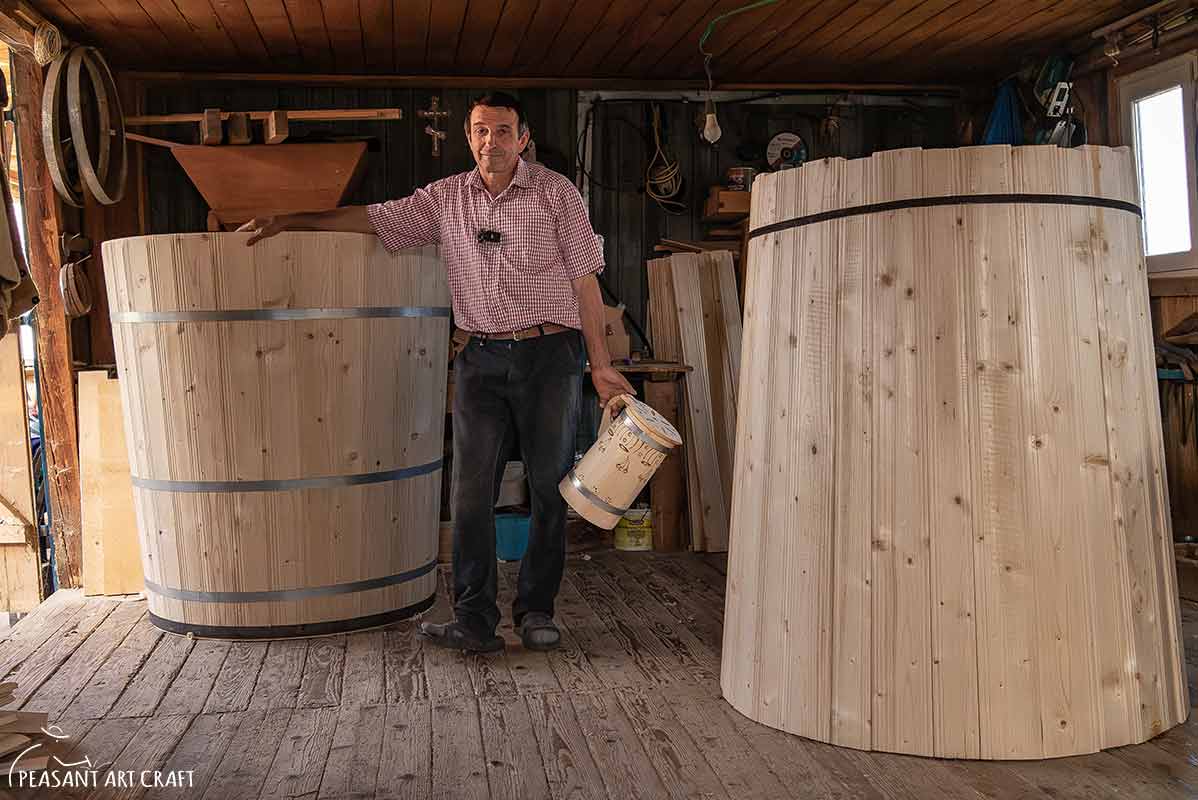

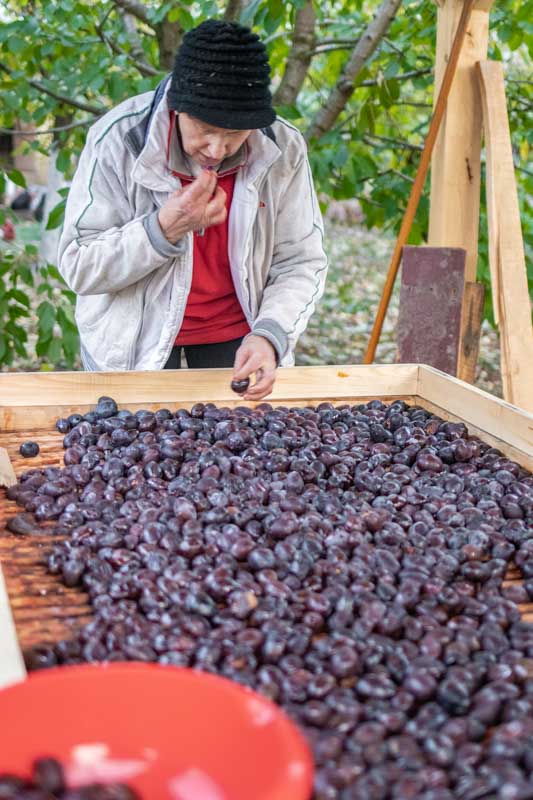

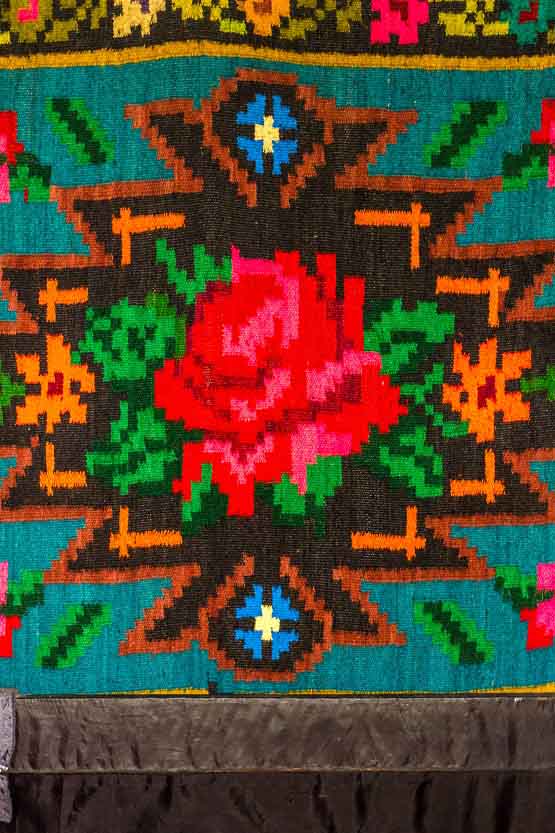

Leave a Comment